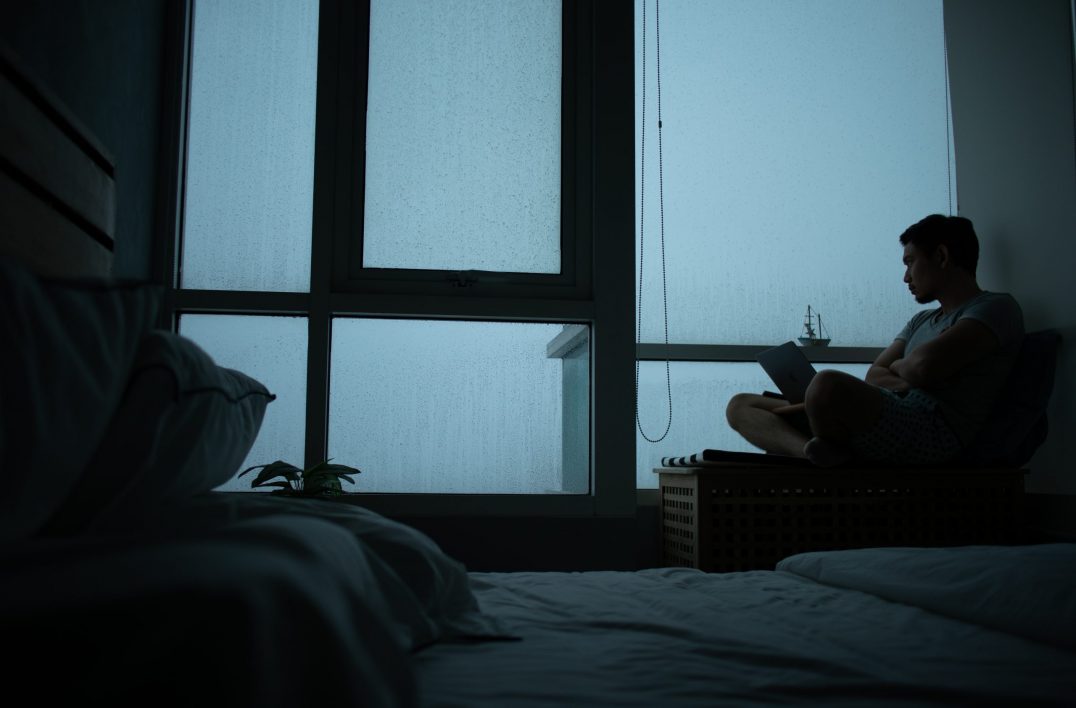Major Depressive Disorder with a Seasonal Pattern
Major Depressive Disorder with a Seasonal Pattern (formerly known as seasonal affective disorder, or SAD) is a type of depression characterized by its recurrent seasonal pattern. The vast majority of those experiencing the disorder experience symptoms from late fall to winter, lasting about 4 to 5 months each year. It is called summer-pattern SAD for those who experience symptoms in the spring or summer months. For those struggling with this disorder, there is hope. Like other types of depression, there are treatment options that have been proven beneficial to many.
SYMPTOMS
The signs and symptoms of major depressive disorder with a seasonal pattern are associated with those of major depressive disorder. Common symptoms include but are not limited to:
- Loss of interest in once enjoyable activities
- Sleeping too much or too little
- Having low energy
- Feeling depressed most days
- Changes in appetite or weight
- Thoughts of death or suicide
Specific symptoms for major depressive disorder with a winter seasonal pattern
- Oversleeping
- Overeating, and particularly craving carbohydrates
- Social withdraw or distancing yourself from others
- Weight gain
Specific symptoms for major depressive disorder with a summer seasonal pattern
- Insomnia
- Anxiety
- Restlessness
- Poor appetite, leading to weight loss
- Agitation
Treatment and Therapies
Treatment and therapies may vary but treatment plans commonly include:
- Psychotherapy
- Cognitive behavioral therapy is often used as it helps teach individuals how to replace negative thoughts with more positive ones.
- Antidepressants
- Like other forms, this type of depression is associated with disturbances in serotonin, which selective serotonin reuptake inhibitors (SSRIs) can be used to treat.
- Vitamin D
- Many people with this disorder often have a vitamin D deficiency. Due to this, nutritional supplements of vitamin D may help improve their symptoms.
- Light therapy
- Light therapy has been used since the 1980s to help treat this depressive disorder. Patients of this therapy sit in front of a very bright light (10,000 lux) each morning for about 30 to 45 minutes.
Finding TREATMENT AND RESOURCES
- To learn more, we recommend contacting your health care provider.
- To read more, the following resources are suggested:
Return to home page: https://nwmind-bodywellness.com/
Read more articles: https://nwmind-bodywellness.com/articles/
